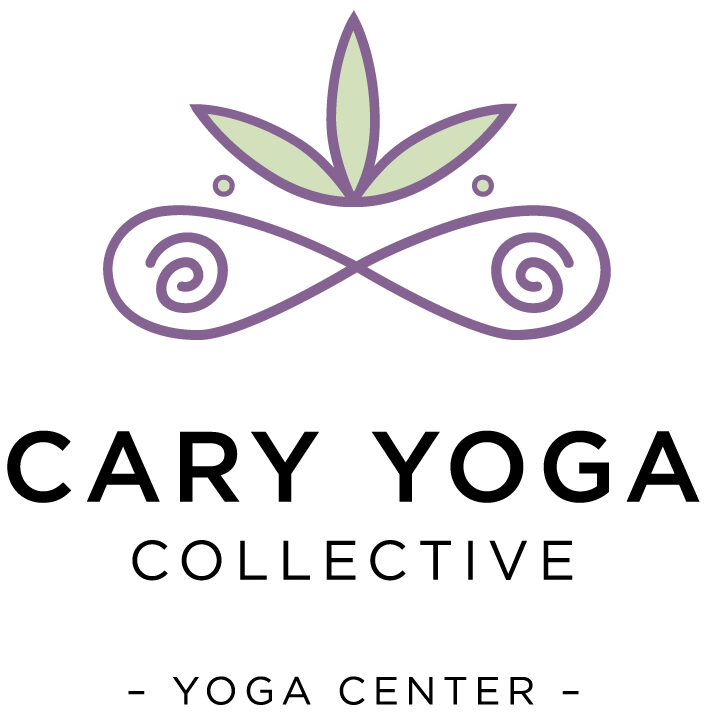By: Heather Blanchard
The Power of Yoga, Part 1: Enduring Benefits
The word “yoga” literally means “to yoke or join” in Sanskrit. In other words, it is an art that was developed to harmonize the body, mind and spirit. Yoga is an ancient gift that has been passed down to millions of people for over 5,000 years. Some researchers believe yoga is nearly 10,000 years old, but it’s true beginnings are hard to trace as the tradition was first passed down orally. Its roots began in Northern India, and were formally documented in a collection of sacred texts called the Vedas, which were songs, mantras and rituals practiced by Vedic priests and Rishis (mystic seers). It’s teachings spread to the Buddhist, Hindu and Jain populations in the Eastern hemisphere by third century B.C.E. Years later, a huge book of scriptures called the Upanishads appeared, and in it was a renowned text many college students are asked to read today: the Bhagavad Gita. The Gita, emphasized many yogic paths in order to attain enlightenment, such as: developing self-knowledge, discovering your duty, (dharma yoga) detachment from ego, actions in line with the Divine, (karma yoga) and wisdom (jnana yoga). Near the turn of second century, the first systematic practice of yoga was written by an Indian genius named Patanjali. His text, called Yoga Sutras, described an eight-limbed path on how to (also) obtain enlightenment: through ethical, moral, and spiritual virtues and through the physical practice of asanas (poses) and breath work. Patanjali is considered the father of modern yoga as we know it today. The physical practice was developed years later to accompany the spiritual that was first born, and together they became a system that cleanse and align the body, mind, and spirit. One of the most famous Sutras (threads) of wisdom is the second in Patanjali’s text:
“Yoga chitta vritti nirodha”
Translation: Yoga’s purpose is to calm fluctuations of the mind. All that brain clutter that gets in the way of our peace.
This sutra makes such a strong statement. It emphasizes the importance of yoga’s mental purpose – to clear and calm the mind. Yoga creates the space we need to stop worrying about the small things, and focus on our spirituality and joy. With a clear and calm mind we make better decisions, focus on the needs of others, get rid of things we don’t need (mentally and physically) and succeed in creating healthy, happy lives. Wow! It is not simply a physical practice to gain flexibility or strength as too many Westerners deem. Its history is rich and its purpose is deep.
To me, and to countless others, yoga is therapy. It is essential to maintaining harmony. I feel privileged to have studied it many years in order to share its gifts through teaching. You can see and feel the calm that is created within the community of a yoga class. When students begin to breathe deeply and move together, peace spreads over them like a warm blanket. It may not happen right away, as each individual comes to class with different circumstances. But it does happen. A good yoga class should feel like a good massage. Your body and mind have worked through many things and are now relaxed. The value of this work is immeasurable. So, if you’ve never tried yoga, please make a promise to yourself to find a class now. And if you’ve been to a class but didn’t feel these benefits, try another one! Maybe that form of yoga didn’t speak to you, but there are many to choose from. And each teacher has their own unique style and message. Often, free classes are offered in communities both big and small. This is the karma of devoted yoga teachers: to give back to their community. And slowly, we aim to reach beyond our local cities to extend its power globally.
“Yoga does not change the way we see things, it transforms the person who sees.” – B.K.S. Iyengar



Leave a Reply